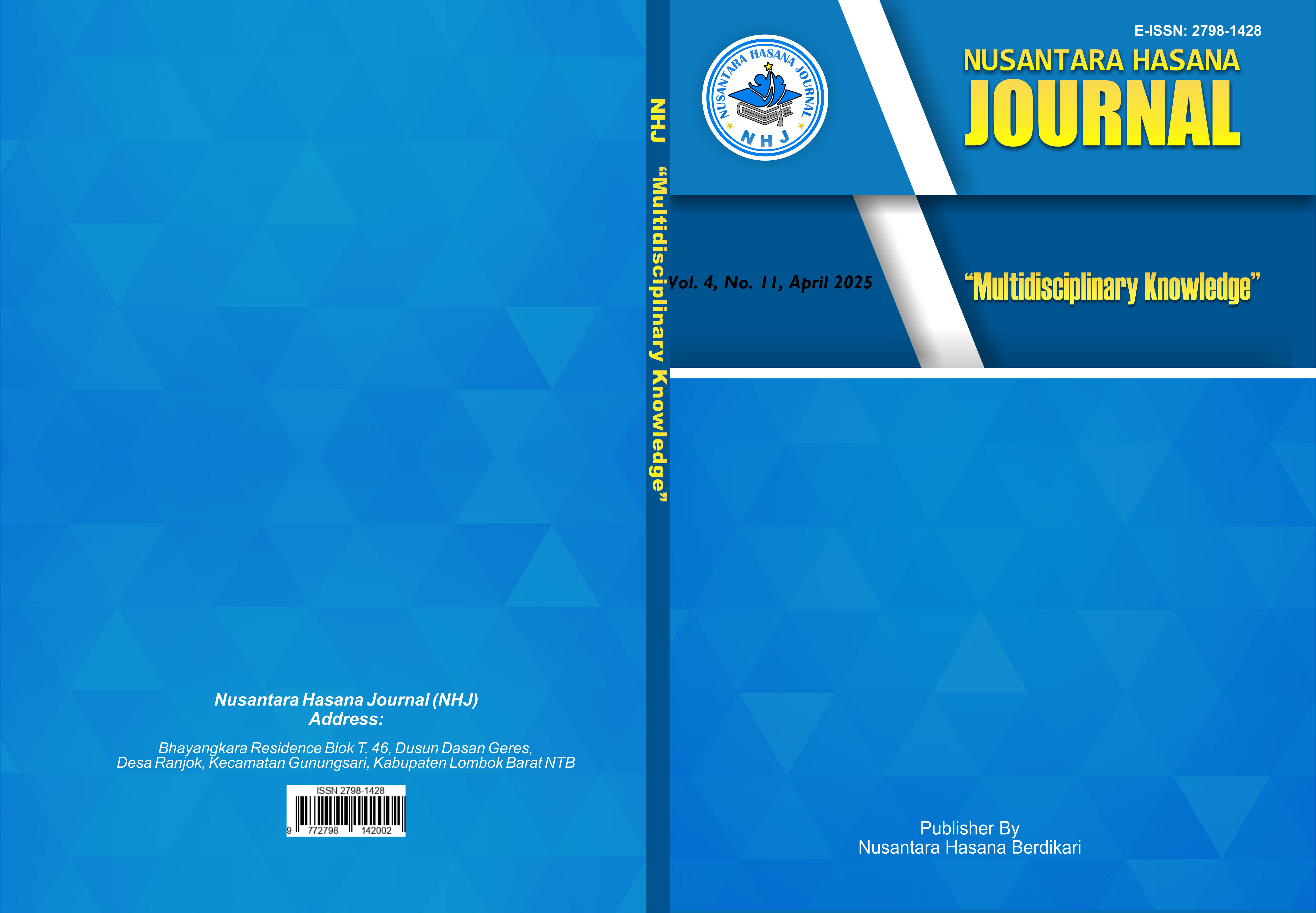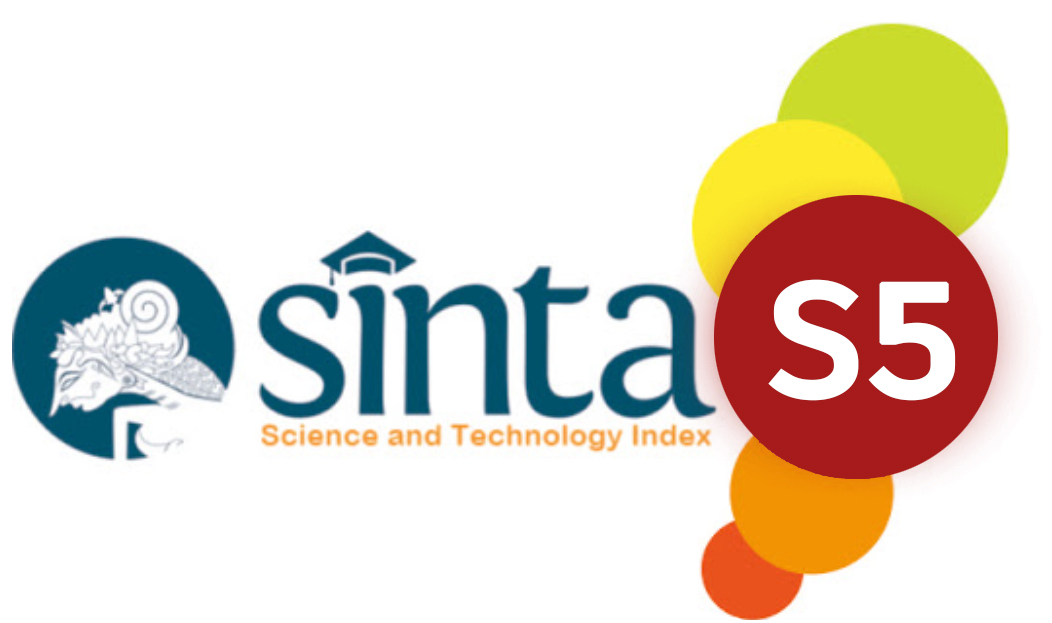DATA SECURITY RISKS ON SOCIAL MEDIA FOR THE MILITARY
DOI:
https://doi.org/10.59003/nhj.v4i11.1363Keywords:
social media, cyber security, military operations, military informationAbstract
Modern military organizations are influenced by the development of information technology that continues to innovate and the demands of speed and accuracy of data and information. The importance of data security in using social media for the military requires security methods with different specifications to protect the confidentiality of data, especially regarding military operations. The use of qualitative methods with a grounded theory approach provides an understanding of the phenomena that are occurring in the research object. The existence of social media to date, cannot be denied based on existing data, has a big influence on the environment and operations in the military, so there is a need for the development of data or social media security methods with special specifications for the military, both in the form of cryptography with the development of encryption algorithms and their descriptions, as well as innovations for special models of data and information security in the military environment.
Downloads
References
Al-Shabi, M. A. (2019). A Survey on Symmetric and Asymmetric Cryptography Algorithms in information Security. International Journal of Scientific and Research Publications (IJSRP), 9(3), p8779. https://doi.org/10.29322/ijsrp.9.03.2019.p8779
Alenezi, M. N., Alabdulrazzaq, H., & Mohammad, N. Q. (2020). Symmetric Encryption Algorithms: Review and Evaluation Study. International Journal of Communication Networks and Information Security, 12(2), 256–272.
Asaithambi, N. (2015). A Study on Asymmetric Key Cryptography Algorithms. International Journal of Computer Science and Mobile Applications, 3(4), 8–13.
Ayu, I. G., & Budiasih, N. (2013). Metode Grounded Theory Dalam Riset Kualitatif. Jurnal Ilmiah Akuntansi Dan Bisnis, 9(1), 19–27.
Coronges, K., E, S., & Chris, A. (2012). Generation 2.0: Social Media and the Future of the Army. Phalanx, 45(September), 27–29.
Craig, D., Ketterer, S., & Yousuf, M. (2017). To Post or Not to Post. Journalism & Mass Communication Quarterly, 94(1), 168–188. https://doi.org/10.1177/1077699016684796
DeCannière, C., Biryukov, A., & Preneel, B. (2006). An introduction to block cipher cryptanalysis. Proceedings of the IEEE, 94(2), 346–355. https://doi.org/10.1109/JPROC.2005.862300
Fitzpatrick, P. (2021). Asymmetric Cryptography. Irish Mathematical Society Bulletin, 0020(January 1988), 21–31. https://doi.org/10.33232/bims.0020.21.31
Grigorescu, I.-A. (Anca). (2024). Digital deployment: how social media can reshape modern military recruitment. European Student Think Tank. https://esthinktank.com/2024/07/30/digital-deployment-how-social-media-can-reshape-modern-military-recruitment/
Hasibuan, F. D., & Lazuardi, A. (2024). Social Media Capabilities and Military Affairs Using Propaganda and Tabayyun in The Digital Warfare. Emerald: Journal of Economics and Social Sciences, 3(2), 65–78.
Herrick, D. (2016). The social side of “cyber power”? Social media and cyber operations. International Conference on Cyber Conflict, CYCON, 2016-Augus, 99–111. https://doi.org/10.1109/CYCON.2016.7529429
Jenny, L. D. (2015). Social Media. In G. Mazzoleni (Ed.), The International Encyclopedia of Political Communication, First Edition (Vol. 58, Issue 10, pp. 415–417). John Wiley & Sons, Inc. https://doi.org/10.1002/9781118541555.wbiepc004
Jodel. (2020). Military social media trends. BeckerDigital; BeckerDigital. https://www.becker-digital.com/blog/military-social-media-trends
Kaushik, B., Malik, V., & Saroha, V. (2023). A Review Paper on Data Encryption and Decryption. International Journal for Research in Applied Science & Engineering Technology (IJRASET), 11(IV), 1986–1992.
Major Cybercrime Unit (MCU). (2021). Social Media Protection : A Handbook For Security and Privacy Settings (Major Cybercrime Unit (MCU) Digital Persona Protection Program (DP3) (ed.); 2021st ed.). US Army Criminal Investigation Division (USACID).
Mangat, R. (2018). Tweeting Strategy: Military Social Media Use as Strategic Communication [Wilfrid Laurier University]. https://scholars.wlu.ca/etd/2071
Peralta, A., & Caporusso, N. (2020). The Impact of Social Media in Military Recruiting. Advances in Intelligent Systems and Computing, 1215 AISC(March), 415–420. https://doi.org/10.1007/978-3-030-51549-2_55
Pronika, & Tyagi, S. S. (2021). Performance analysis of encryption and decryption algorithm. Indonesian Journal of Electrical Engineering and Computer Science, 23(2), 1030–1038. https://doi.org/10.11591/ijeecs.v23.i2.pp1030-1038
Radzi, E. M., Abdullah, Khairul H.;Hazim, M., & Ghalib, A. (2025). Analyzing Social Media Approaches in Military Campaigns : a Scientometric and Scoping. 02(03), 109–122. https://doi.org/10.61552/SJSS.2025.03.001
Rahman, S. U., & Shurong, Z. (2024). Military Organization’s Use of Social Media and Its Relationship with Politics: Evidence from Pakistan. SAGE Open, 14(3), 1–15. https://doi.org/10.1177/21582440241264615
Riadi, I., Khakim, M., & Rosyda, M. (2021). Pengembangan Cyber Security pada Layanan Media Sosial. Prosiding Seminar Nasional Hasil Pengabdian Kepada Masyarakat Universitas Ahmad Dahlan, 944–950. http://www.seminar.uad.ac.id/index.php/senimas/article/view/7659
Sangeeta Bhat. (2024). Impact of Social Media on Society. International Research Journal on Advanced Engineering Hub (IRJAEH), 2(03), 473–480. https://doi.org/10.47392/irjaeh.2024.0068
Sarah, M., & Helen, T. (2016). The Digital Mundane, Social Media and The Military. Media, Culture and Society, 38(8), 1153–1168. https://eprints.whiterose.ac.uk/96172/3/the digital mundane. Media%2C Culture %26 Society. HT SM.pdf
Sarjito, A. (2024a). Data Security and Privacy in the Digital Era : Challenges for Modern Government. JIAN (Jurnal Ilmiah Administrasi Negara), 8(3), 1–13.
Sarjito, A. (2024b). Enhancing National Security: Strategic Policy Development in Defense Management. Jurnal Pelita Nusantara, 2(1), 56–68. https://doi.org/10.59996/jurnalpelitanusantara.v2i1.524
Shallcross, N. (2017). Social Media and Information Operations in the 21st Century. Information Warfare, 16(1), 1–12. https://doi.org/10.1002/9781118381533
Tyagi, N., & Ganpati, A. (2014). Comparative Analysis of Symmetric Key Encryption Algorithms. International Journal of Advanced Research in Computer Science and Software Engineering, 4(8), 2277. www.ijarcsse.com
Veerasamy, N., & Labuschagne, W. A. (2018). Framework for Military Applications of Social Media. International Journal of Cyber Warfare and Terrorism, 8(2), 47–56. https://researchspace.csir.co.za/server/api/core/bitstreams/390008e7-c1da-4cf1-84bf-13172196b415/content
Yohanna, A. (2020). The influence of social media on social interactions among students. Journal of Information and Knowledge Management, 12(02), 34–48. https://doi.org/10.1142/S0219649220500239
Zhang, L., & Wang, L. (2024). A hybrid encryption approach for efficient and secure data transmission in IoT devices. Journal of Engineering and Applied Science, 71(1), 1–18. https://doi.org/10.1186/s44147-024-00459-x
Downloads
Published
How to Cite
Issue
Section
License
Copyright (c) 2025 Leli Setyaningrum

This work is licensed under a Creative Commons Attribution-NonCommercial-ShareAlike 4.0 International License.
NHJ is licensed under a Creative Commons Attribution-NonCommercial-ShareAlike 4.0 International License.
Articles in this journal are Open Access articles published under the Creative Commons CC BY-NC-SA License This license permits use, distribution and reproduction in any medium for non-commercial purposes only, provided the original work and source is properly cited.
Any derivative of the original must be distributed under the same license as the original.
























